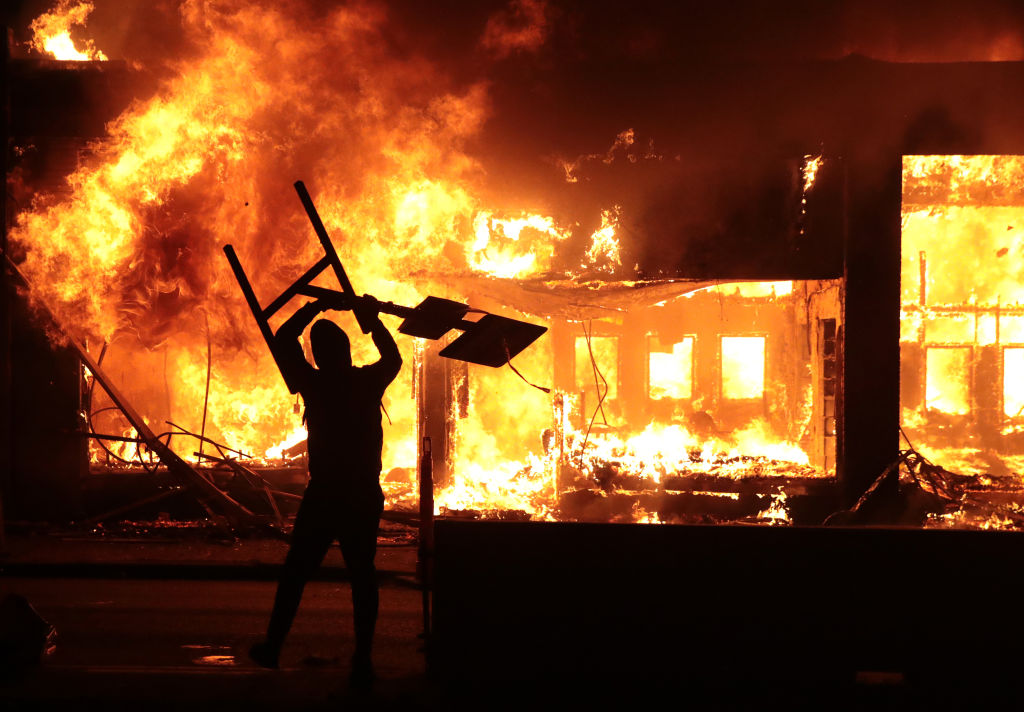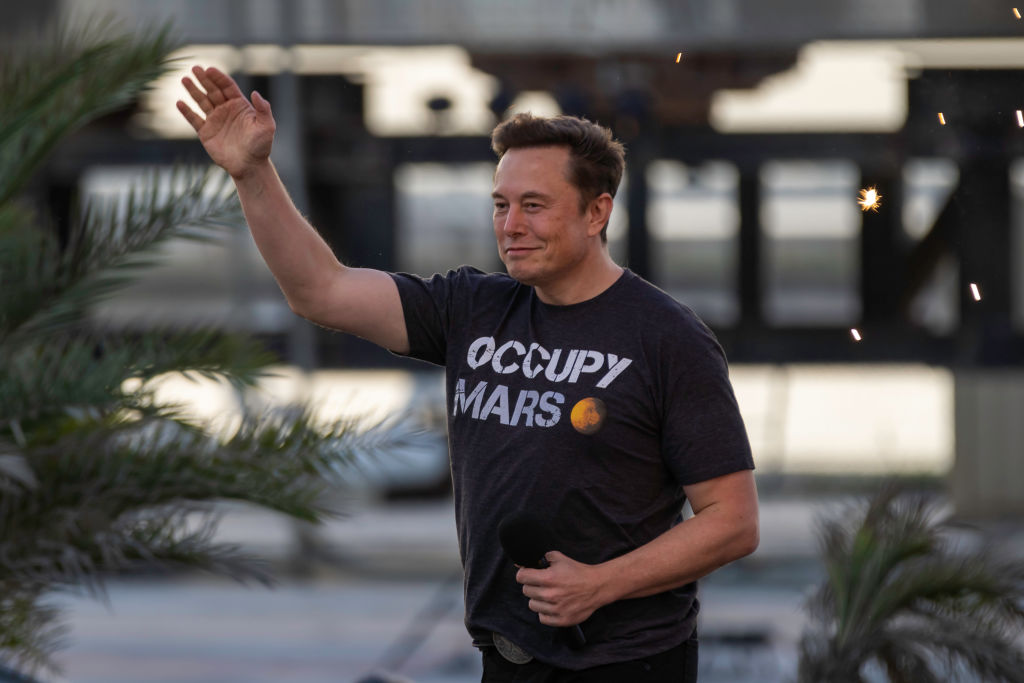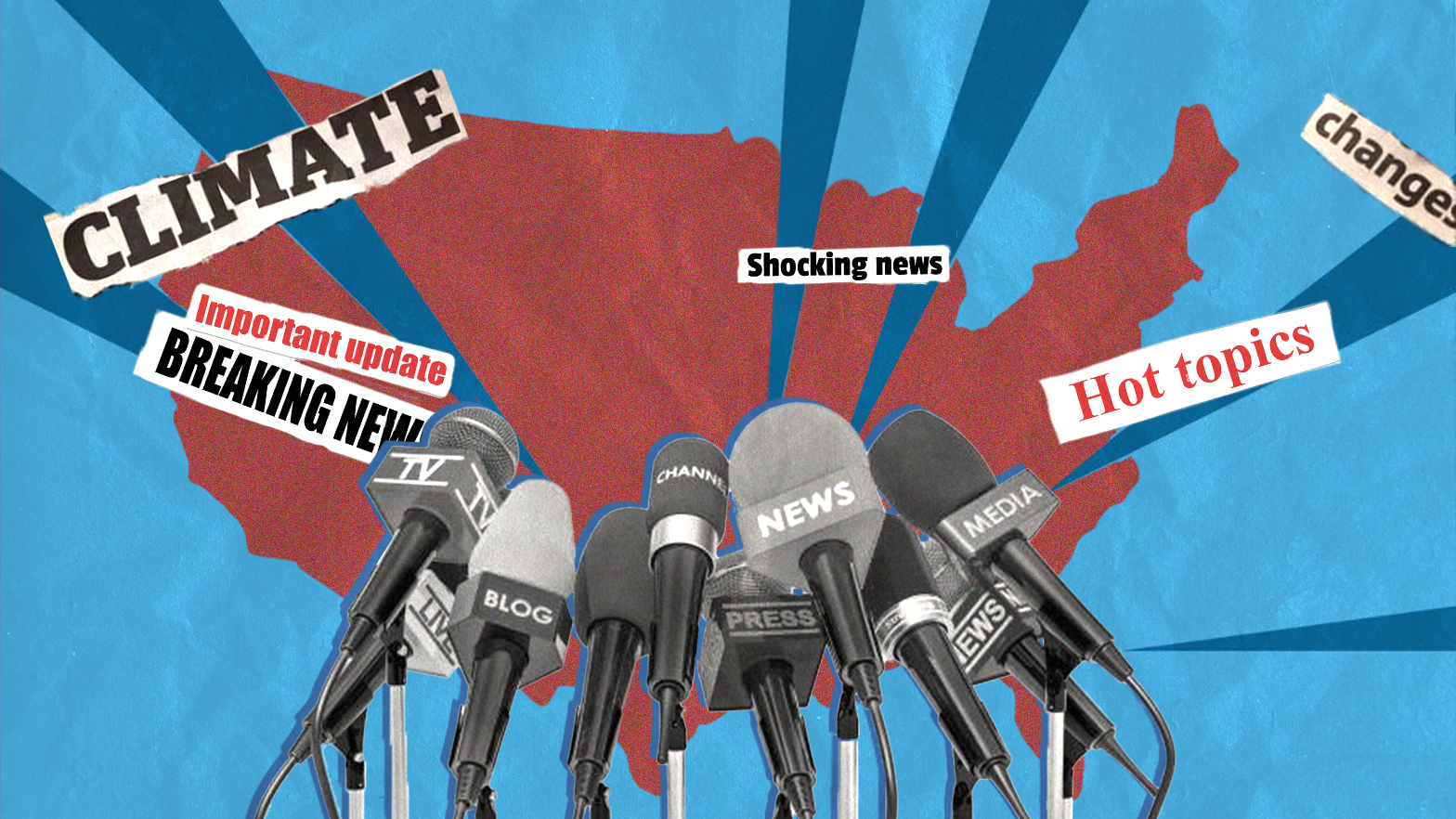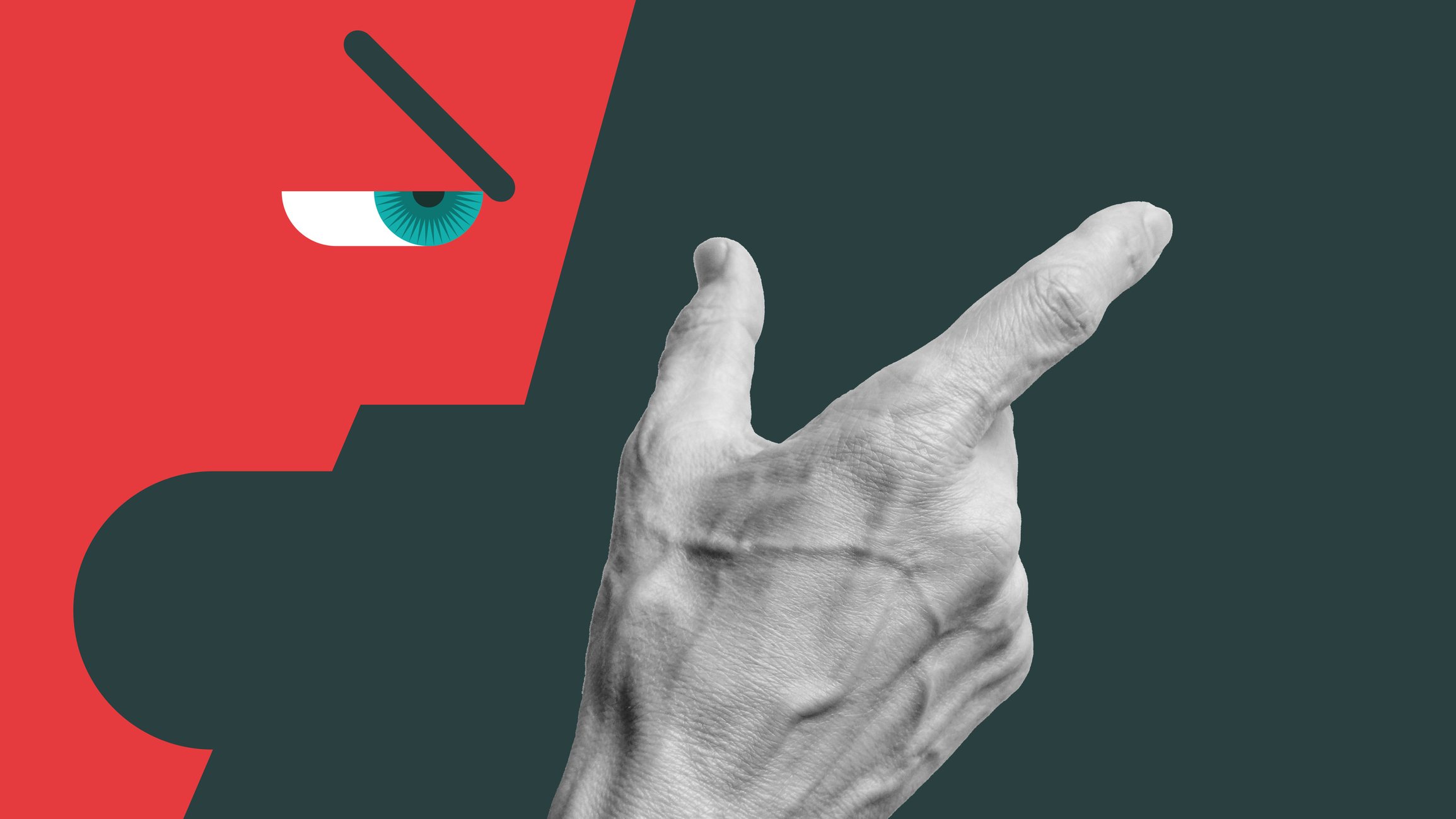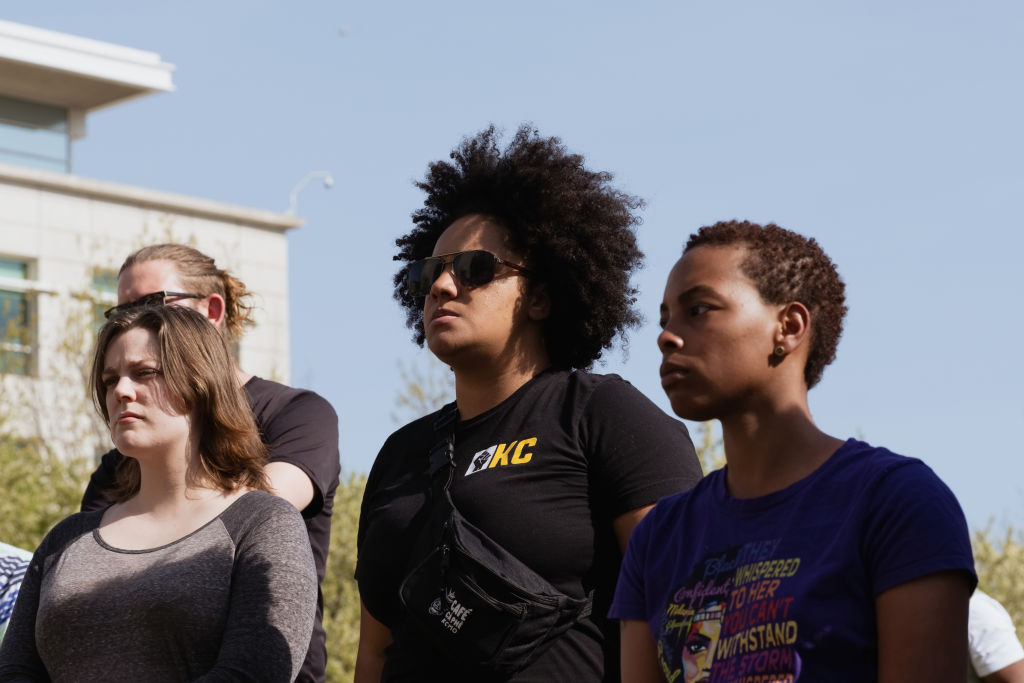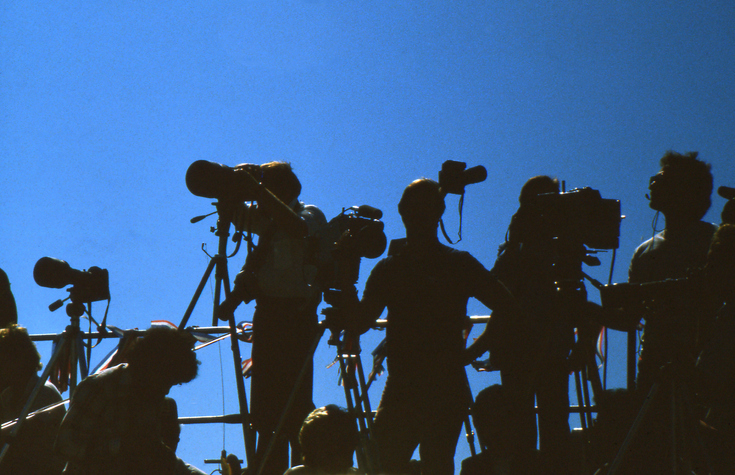A new documentary examines the psychic frustration that exploded in May 2020.
The Broken Boys of Kenosha
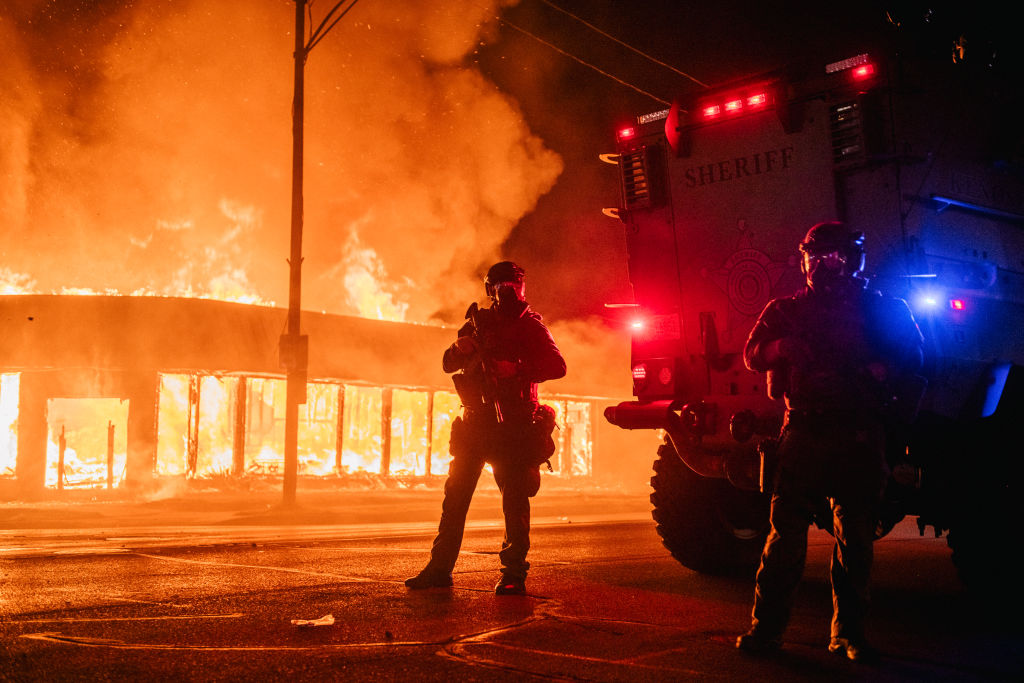
Jacob Blake, Kyle Rittenhouse, and the lies we still live by.
Here’s how legacy media metabolizes viral news stories about race: An everyday American happens to capture on a smartphone a moment of “racist oppression”; the clip is uploaded to social media and starts spreading; corporate media descends on the scene and uniformly reports that the clip is more evidence of ubiquitous, violent racism in modern American life; the clip is squeezed for every last ounce of partisan pleasure; and then the media maw simply moves on to the next partisan titillation, the next viral fascination.
This is exactly what happened in Kenosha, Wisconsin in 2020. A perfectly pleasant bedroom community situated between Chicago and Minneapolis, Kenosha has the rare distinction of birthing not one but two viral news items about race in just 72 hours. The maw descended, spread corrosive lies, and then left Kenosha behind—burned and broken. My documentary team went back to Kenosha to peer past the lies and find the truth the maw missed.
Flashback to the lockdown-pressurized, racial justice-obsessed late summer of 2020. On August 22, Jacob Blake, a black man, was shot by a white police officer on the north end of Kenosha. A video of the shooting instantly went viral, racking up millions of views in a matter of hours. Legacy media quickly converged on a consensus story: Blake was another innocent unarmed black man simply trying to get into his car when he was shot seven times in the back by a racist white police officer. This was George Floyd 2.0.
The Milwaukee Bucks boycotted a playoff game in protest, prompting the NBA to make the unprecedented move of canceling a full slate of games. Long-time NBA head coach Doc Rivers told the resulting media scrum, through tears: “If you watch that video, you don’t need to be black to be outraged…you need to be American and outraged.”
Players also boycotted games in the WNBA, professional soccer, and tennis. Joe Biden had his campaign plane rerouted, and he dropped in on Blake’s family at the hospital; he and Blake talked about their favorite bible verses, and Blake assured Biden “nothing is going to get me down.”
A year later, an official investigation from the Wisconsin Department of Justice found that every single element of the official Jacob Blake narrative was a lie.
Blake wasn’t innocent: police had been called to the scene by an ex-girlfriend who was worried he was going to steal her car. A couple months earlier, Blake had raped her, she’d reported it, and there was an open warrant out for his arrest. Police immediately moved to subdue him, and he resisted, wrestling one officer to the ground and shrugging off multiple taser shocks.
Blake wasn’t unarmed; he had an open knife in his right hand. And Blake wasn’t shot in the back seven times. Three of the bullets hit his left flank, indicating that when the police officer opened fire, Blake was swinging back around to slash at him.
But at the time, Wisconsin Governor Tony Evers breathlessly reinforced the fake Blake story and, as former Attorney General Bill Barr recounted to us, Evers resisted calls for national guard reinforcement, leaving Kenosha essentially unprotected as thousands of outside activists flooded in. Protests devolved into multiple nights of riots. When we visited the city’s historic black district, we saw long stretches of burned-out craters where black-owned businesses used to be.
On the third night of riots, a baby-faced teenager named Kyle Rittenhouse drove into town strapped with a medic bag and an AR-15. He ended up shooting three people and killing two. Kyle’s murder trial was treated with wall-to-wall coverage by cable news and ultimately ended in an acquittal on grounds of self-defense. As the Left painted Rittenhouse as a racist vigilante, the Right rallied around Kyle as a near-martyr.
Then everybody moved on. Governor Evers won his bid for reelection. Legacy media was never held accountable for pumping anti-truth into the public or for fueling violent chaos in Kenosha.
All this partisan storytelling obscured the true tragedy of Kenosha: the generational trauma connecting Rittenhouse and Blake. It’s a key biographical detail shared by millions of other men, one that dramatically spikes the chance that their lives are consumed by violent chaos: growing up without a father.
Jacob Blake’s father only briefly dated his mom. By the time Jacob was born, he’d already moved 700 miles away and impregnated another woman. Rittenhouse’s dad is a violent alcoholic who punched his wife in the stomach when Kyle was four. His parents divorced, and his dad’s sole involvement in Kyle’s murder trial was leaving drunken midnight voicemail messages on the office phone of his son’s lawyer.
The emerging data on the effects of fatherlessness back up common sense: fathers bring order, particularly during male adolescence when primal programming kicks in and a testosterone surge pushes boys to take risks and seek adventure. It naturally falls to fathers to guide young brains to properly channel that energy.
In the rough mathematics of human flourishing, removing dad from the equation doubles the chances his son will drop out of high school, go to jail, or become unemployed long-term. As Bill Barr told us: “the thing that most closely correlates to whether a boy will go into a life of crime is whether or not he had a father involved in his life.”
Rittenhouse was acquitted, but he is a case study in the workings of the adolescent male brain. During his trial, none other than Ryan Balch, one of the militia leaders who was protecting private businesses in Kenosha—someone who certainly can’t be dismissed as a left-wing hack—recounted how he found Rittenhouse “young” and “under-experienced” and that he had to castigate him for egging on a rioter. And it’s Kyle’s naivete—not his racism nor his enthusiasm for gun rights—that led him to get detached from Balch’s protection, which is when he got attacked and the shooting began.
The contrast between Rittenhouse and Blake makes clear that no life circumstance is a destiny set in stone. What boys do to cope with the yawning void left by absent fathers varies widely, and a father figure can make all the difference. But they shouldn’t have to: whatever the relative merits or demerits of the many fatherless boys in Kenosha and the nation, they are both victims of a sociological catastrophe that no boy should ever have to suffer through or fight against.
This is the truth the media maw missed when it tried to push the city’s viral moments into a pre-packaged partisan narrative. This toxic cycle of fact-free storytelling in the wake of viral news stories will continue apace. But outsiders now have the tools to build counterbalancing institutions that can do the real journalism the legacy institutions are allergic to and tell the truths they refuse to see.
The American Mind presents a range of perspectives. Views are writers’ own and do not necessarily represent those of The Claremont Institute.
The American Mind is a publication of the Claremont Institute, a non-profit 501(c)(3) organization, dedicated to restoring the principles of the American Founding to their rightful, preeminent authority in our national life. Interested in supporting our work? Gifts to the Claremont Institute are tax-deductible.
Elon Musk rules over his social media demesne as a kind of digital statesman.
NPR and the BBC are fully aligned with the objectives of the state.
A society that teaches its children to despise their elders will collapse.
All racism is bad, but some racism is more racist than others.
Honest, objective journalism would help restore our fracturing nation.

